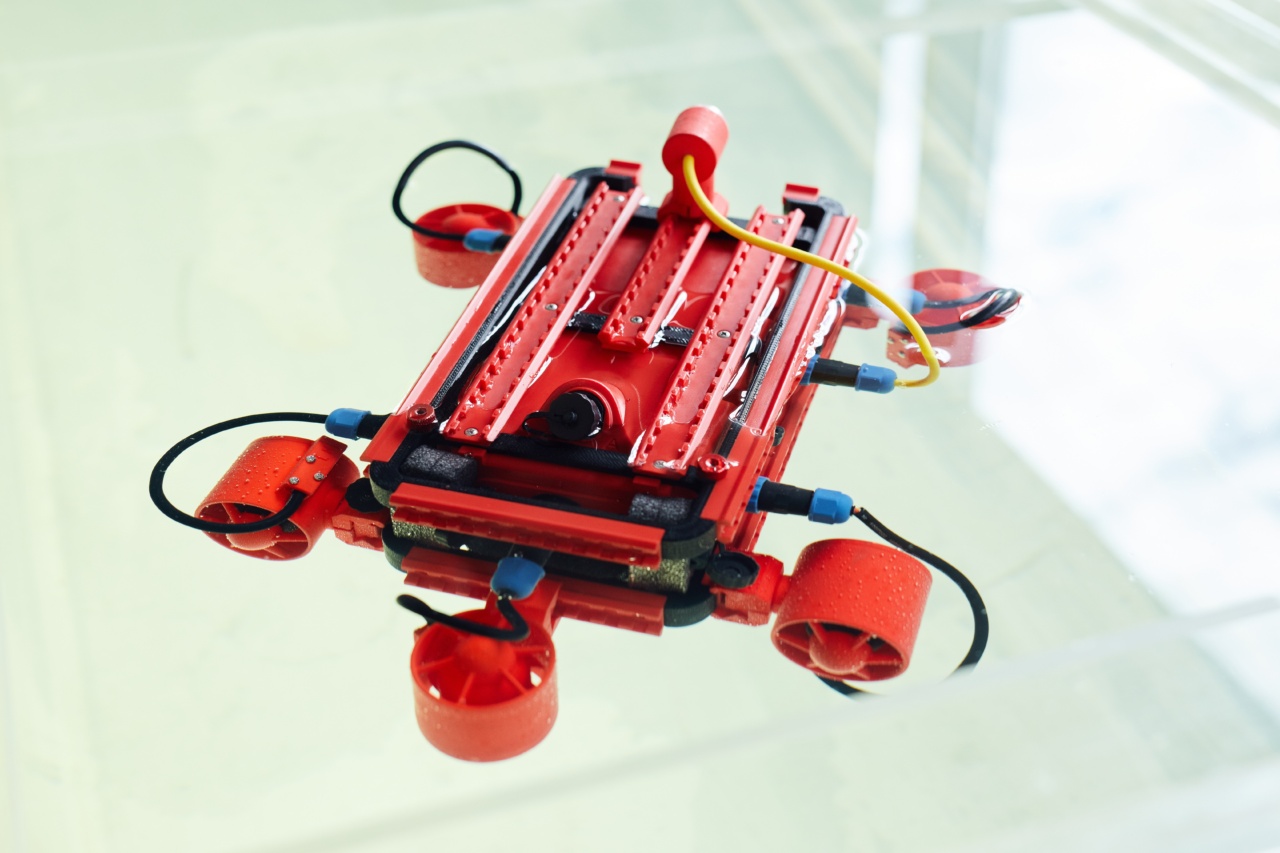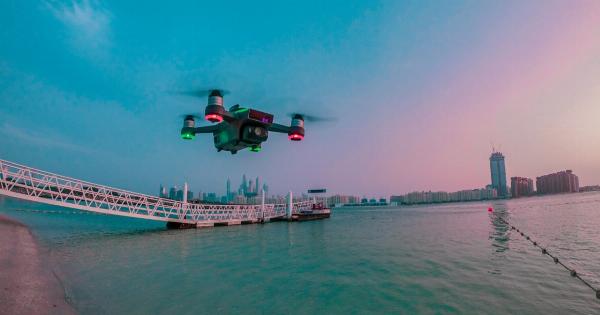When we think of flying, we often imagine soaring through the sky in a metal bird fueled by roaring jet engines. But what if I told you that there is something else, something quite unexpected, that plays a significant role in aviation? Plastics.
Plastics in Aircraft Manufacturing
It may come as a surprise, but plastics have become an integral part of aircraft manufacturing. From the seats we sit on to the wings that keep us airborne, plastics are used in a myriad of aircraft components.
The Lightweight Revolution
One of the primary reasons plastics have gained popularity in aviation is their lightweight nature. Traditional materials such as metal were heavy, which increased the aircraft’s weight, fuel consumption, and emissions.
Plastics offer a viable alternative as they are lighter, allowing for more efficient flights.
Flight Comfort and Safety
Plastics also have a significant impact on flight comfort and safety. From lightweight and sturdy cabin interiors to durable overhead compartments, plastics are chosen for their ability to withstand the stresses and strains of frequent flying.
Moreover, plastics provide design flexibility, enabling aircraft manufacturers to create ergonomic and visually appealing interiors.
The Plastics Paradox
While plastics have undeniably revolutionized aviation, they bring with them a significant environmental challenge. The same properties that make plastics attractive for aircraft manufacturing also contribute to their persistence in the environment.
Plastic Waste in Aviation
As the global aviation industry continues to grow, so does the concern regarding plastic waste. From the wrappers on our in-flight meals to the disposable cutlery, the aviation industry generates a substantial amount of plastic waste each year.
Efforts towards Sustainability
Fortunately, the aviation industry is not turning a blind eye to this mounting problem.
In recent years, airlines, aircraft manufacturers, and industry organizations have started taking steps towards sustainability by reducing, reusing, and recycling plastics.
Recyclable Materials
A key focus of these sustainability efforts is the development and usage of recyclable materials.
Aircraft manufacturers are exploring innovative ways to incorporate sustainable materials such as bio-based plastics and composite materials into aircraft construction.
Single-Use Plastic Reduction
Many airlines have also taken steps to reduce single-use plastic items on board. They have adopted initiatives to replace plastic cutlery, stirrers, and straws with eco-friendly alternatives made from bamboo or compostable materials.
Improving Waste Management
Another important aspect of sustainable aviation is improving waste management both on the ground and during flights.
Implementation of efficient recycling programs and waste separation systems allows for proper disposal and recycling of plastic waste generated during flights.
Collaboration for Change
The journey towards more sustainable aviation cannot be accomplished alone. Collaboration amongst airlines, manufacturers, passengers, and regulatory bodies is crucial in driving meaningful change.
By working together, we can find innovative solutions to reduce the environmental impact of plastics in aviation.
Conclusion
Plastics have quietly become an essential part of the aviation industry, offering lightweight, durable, and visually appealing solutions for aircraft manufacturing. However, their environmental impact cannot be ignored.
By embracing sustainable practices and finding alternatives to single-use plastics, the aviation industry can pave the way for a cleaner and greener future of flying.






























